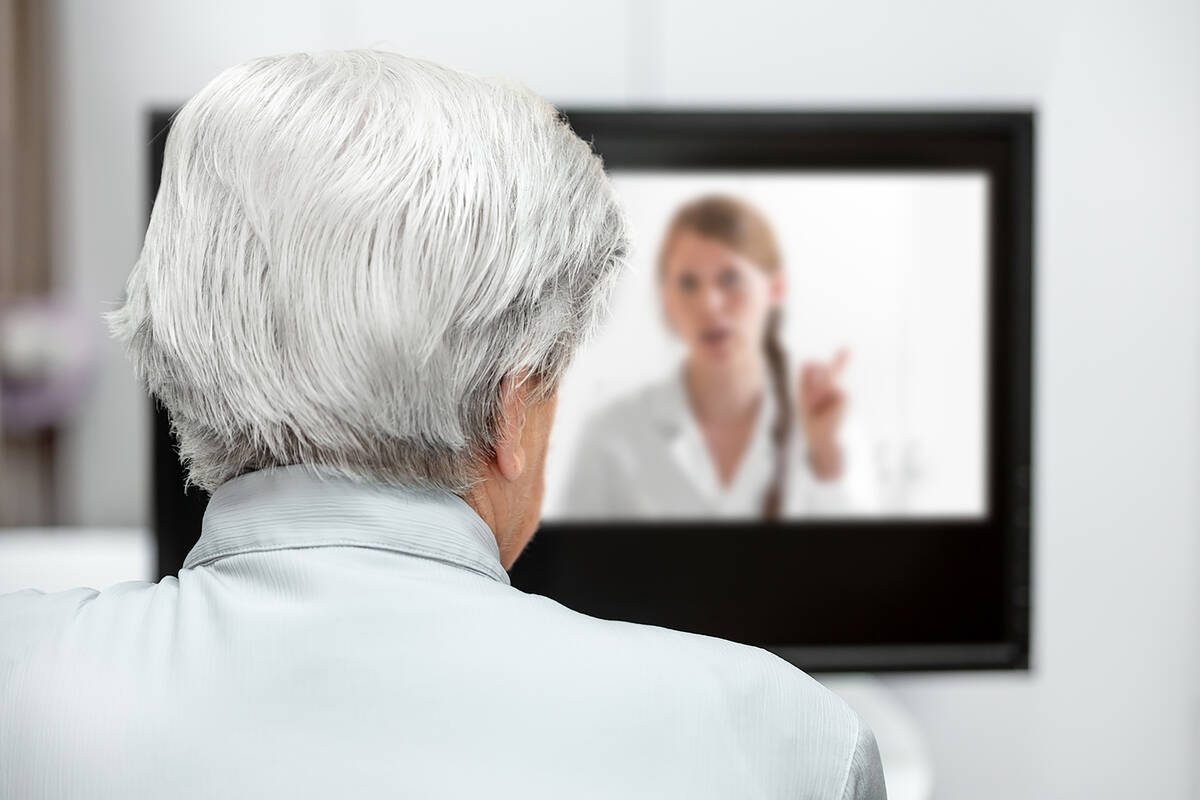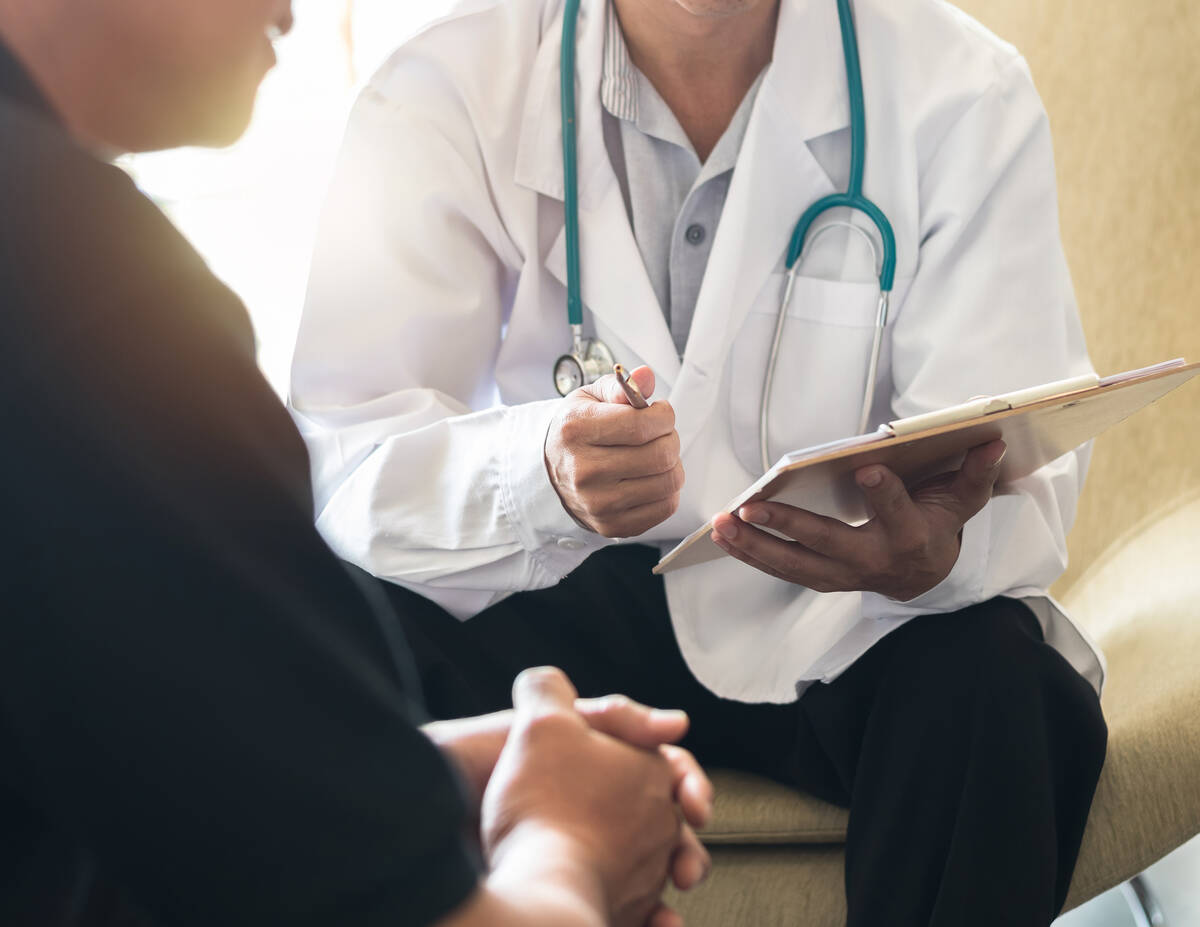Virtual or in person: Which kind of doctor’s visit is better, and when it matters
When the COVID-19 pandemic swept the country in early 2020 and emptied doctors’ offices nationwide, telemedicine was suddenly thrust into the spotlight.
Patients and their physicians turned to virtual visits by video or phone rather than risk meeting face to face.
During the early months of the pandemic, telehealth visits for care exploded.
“It was a dramatic shift in one or two weeks that we would expect to happen in a decade,” said Dr. Ateev Mehrotra, a professor at Harvard Medical School whose research focuses on telemedicine and other health care delivery innovations. “It’s great that we served patients, but we did not accumulate the norms and (research) papers that we would normally accumulate so that we can know what works and what doesn’t work.”
Now, three years after the start of the pandemic, we’re still figuring that out. Although telehealth use has moderated, it has found a role in many physician practices, and it is popular with patients.
More than any other field, behavioral health has embraced telehealth. Mental health conditions accounted for just under two-thirds of telehealth claims in November 2022, according to FairHealth, a nonprofit that manages a large database of private and Medicare insurance claims.
Telehealth appeals to a variety of patients because it allows them to simply log on to their computer and avoid the time and expense of driving, parking and arranging child care that an in-person visit often requires.
But how do you gauge when to opt for a telehealth visit versus seeing your doctor in person? There are no hard-and-fast rules, but here’s some guidance about when it may make more sense to choose one or the other.
If it’s your first visit
“As a patient, you’re trying to evaluate the physician, to see if you can talk to them and trust them,” said Dr. Russell Kohl, a family physician and board member of the American Academy of Family Physicians. “It’s hard to do that on a telemedicine visit.”
Maybe your insurance has changed and you need a new primary care doctor or OB-GYN. Or perhaps you have a chronic condition and your doctor has suggested adding a specialist to the team. A face-to-face visit can help you feel comfortable and confident with their participation.
Sometimes an in-person first visit can help doctors evaluate their patients in intangible ways, too. After a cancer diagnosis, for example, an oncologist might want to examinethe site of a biopsy. But just as important, he might want to assess a patient’s emotional state.
“A diagnosis of cancer is an emotional event; it’s a life-changing moment, and a doctor wants to respond to that,” said Dr. Arif Kamal, an oncologist and the chief patient officer at the American Cancer Society. “There are things you can miss unless you’re sitting a foot or two away from the person.”
Once it’s clearer how the patient is coping and responding to treatment, that’s a good time to discuss incorporating telemedicine visits.
If a physical exam is needed
This may seem a no-brainer, but there are nuances. Increasingly, monitoring equipment that people can keep at home — a blood pressure cuff, a digital glucometer or stethoscope, a pulse oximeter to measure blood oxygen, or a Doppler monitor that checks a fetus’ heartbeat — may give doctors the information they need, reducing the number of in-person visits required.
Someone’s overall physical health may help tip the scales on whether an in-person exam is needed. A 25-year-old in generally good health is usually a better candidate for telehealth than a 75-year-old with multiple chronic conditions.
But some health complaints typically require an in-person examination, doctors said, such as abdominal pain, severe musculoskeletal pain or problems related to the eyes and ears.
Abdominal pain could signal trouble with the gallbladder, liver or appendix, among many other things.
“We wouldn’t know how to evaluate it without an exam,” said Dr. Ryan Mire, an internist who is president of the American College of Physicians.
If something is new or changes
When a new symptom crops up, patients should generally schedule an in-person visit. Even if the patient has a chronic condition such as diabetes or heart disease that is under control and care is managed by a familiar physician, sometimes things change. That usually calls for a face-to-face meeting.
“I tell my patients, ‘If it’s new symptoms or a worsening of existing symptoms, that probably warrants an in-person visit,’ ” said Dr. David Cho, a cardiologist who chairs the American College of Cardiology’s Health Care Innovation Council. Changes could include chest pain, losing consciousness, shortness of breath, or swollen legs.
When patients are sitting in front of him in the exam room, Cho can listen to their hearts and lungs and do an EKG if someone has chest pain or palpitations. He’ll check their blood pressure, examine their feet to see if they’re retaining fluid, and look at their neck veins to see if they are bulging.
But all that may not be necessary for a patient with heart failure, for example, whose condition is stable, he said. They can check their own weight and blood pressure at home, and a periodic video visit to check in may suffice.
Video check-ins are effective for many people whose chronic conditions are under control, experts said.
When someone is undergoing treatment for cancer, certain pivotal moments will require a face-to-face meeting, said Kamal, of the American Cancer Society.
“The cancer has changed or the treatment has changed,” he said. “If they’re going to stop chemotherapy, they need to be there in person.”
And one clear recommendation holds for almost all situations: Even if a physician or office scheduler suggests a virtual visit, you don’t have to agree to it.
“As a consumer, you should do what you feel comfortable doing,” said Dr. Joe Kvedar, a professor at Harvard Medical School and immediate past board chairman of the American Telemedicine Association. “And if you really want to be seen in the office, you should make that case.”
Kaiser Health News is a national newsroom that produces in-depth journalism about health issues.

















